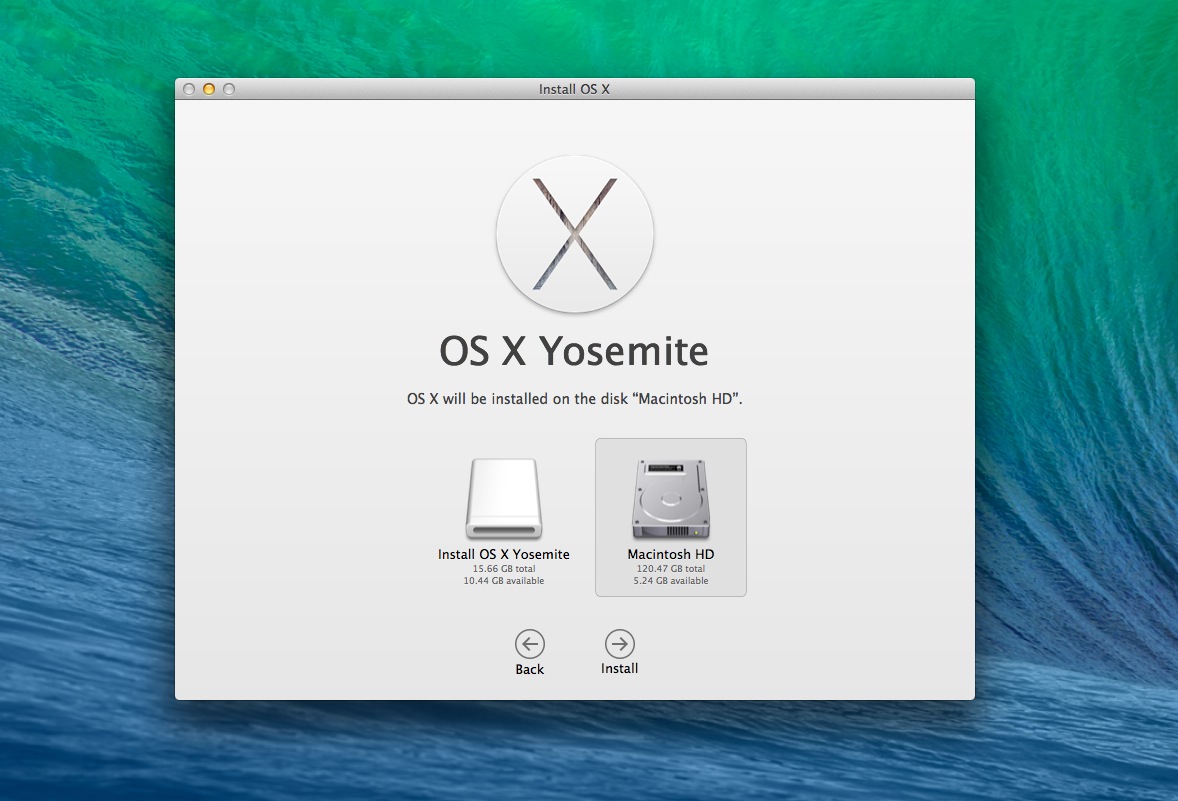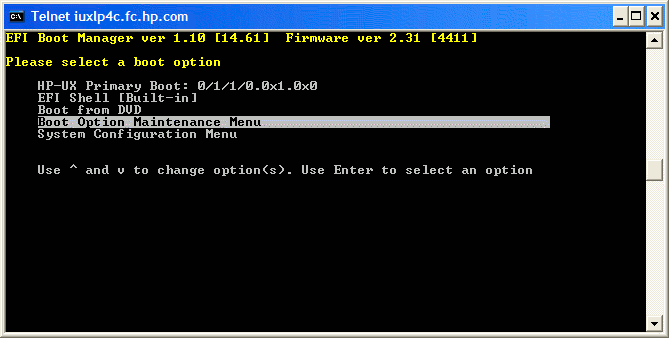

But here comes the combination to take your screenshotting skills to a new level. Copy and paste a screenshot directlyĬommand-Shift-4 is an old classic way to make a screenshot on a Mac. Early Mac models had an Apple key instead of Command, but it later was changed as Steve Jobs feared that there would be too many “apples” in the OS interface. Its original use is to denote tourist attractions. To completely delete a file: Option-Command-Deleteĭid you know the Command key? The symbol was borrowed from a road sign that is used across Scandinavia. Here’s a shortcut to quickly delete unwanted files on a Mac, bypassing the Trash. Delete a file completelyĭragging files to the Trash? Wait, this is not the only option. Then, holding down Cmd, press Q to cycle between apps you need to close. You probably heard of Force Quit (Command-Option-Esc), but it’s a long way to go. When your Mac lags and you need some fresh memory, you may choose to quit all apps. Sometimes an app that you thought you quit is still secretly running in the background. There is something addictive in using shortcuts - the quickness, the feeling of a keyboard, the geeky confidence in your fingers when you realize, “hurray, it works!” Once you get hooked on shortcuts, you’ll never go back to clicking again.


They probably saved us thousands of hours if put together. Humanity should be grateful for the invention of Mac hotkeys. But to help you do it all by yourself, we’ve gathered our best ideas and solutions below.įeatures described in this article refer to the MacPaw site version of CleanMyMac X. If you want a script to run on login for all users, I believe LoginHook is your only option, and that's probably the reason it exists.So here’s a tip for you: Download CleanMyMac to quickly solve some of the issues mentioned in this article. System-specific launch daemons (placed in /Library/LaunchDaemons) are run on boot. The key is that this is a User-specific launchd entry, so it will be run on login for the given user. Tail /var/log/system.log for error messages. Run launchctl load ~/Library/LaunchAgents/ and log out/in to test (or to test directly, run launchctl start ) Replace the after the Program key with your desired command (note that any script referenced by that command must be executable: chmod a+x /path/to/executable/script.sh to ensure it is for all users). Updated 5 for OSX El Capitan and newer (credit to José Messias Jr): Here's the specific plist file to run a script at login. Log in (or run manually via launchctl load )įor more on launchd, the wikipedia article is quite good and describes the system and its advantages over other older systems.plist file according to the instructions in the Apple Dev docs here or more detail below. You can run once or keep alive as a daemon. You'll have full control over all aspects of the script. Tl dr: use OSX's native process launcher and manager, launchd.


 0 kommentar(er)
0 kommentar(er)
